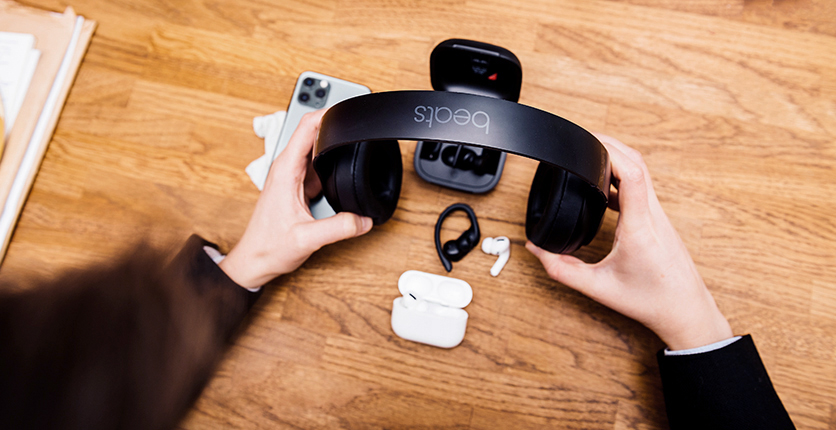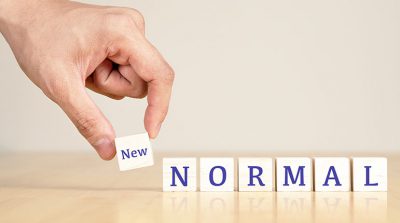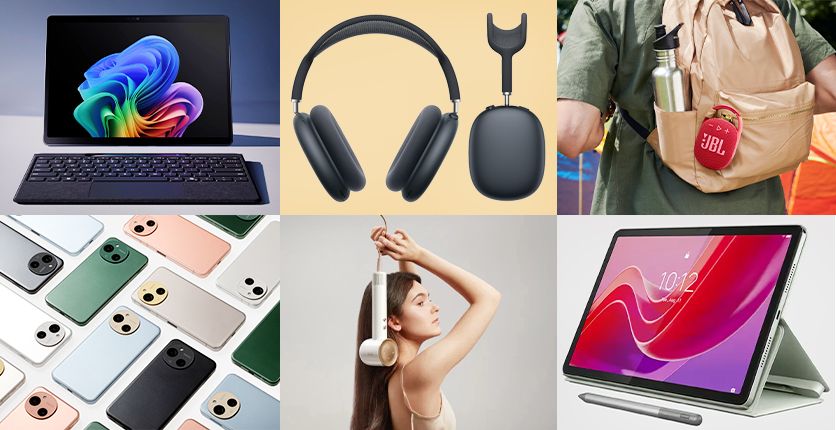Being cooped up at home can be stressful, and can reduce your performance at work or studies. If you feel overwhelmed or upset, putting on some calming music can help you relax and work more effectively.
While basic, free headphones are widely available, they won’t hold a candle to a quality pair of headphones when it comes to faithful music reproduction. With more affordable hi-fi equipment and more streaming music services providing high-quality audio to subscribers, it’s much easier than ever to upgrade your listening experience.
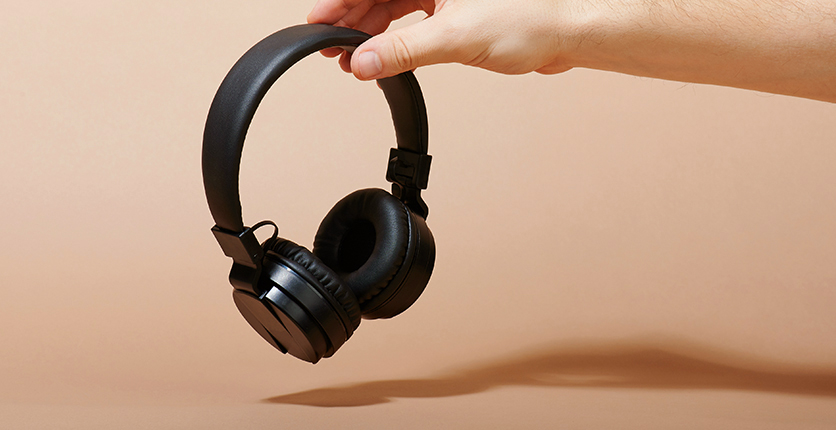
Getting Started
The best type of headphones for noise isolation are of the “in-ear” as well as “over-ear, closed-back” design. The main difference is that “in-ear” headphones are designed to have a snug fit in your ear canal, while “over-ear” headphones are designed to rest on your head and cover your ears completely.
Also known as circum-aural headphones, the closed-back design uses a solid outer shell with no perforations of any sort, which helps to reduce noise.
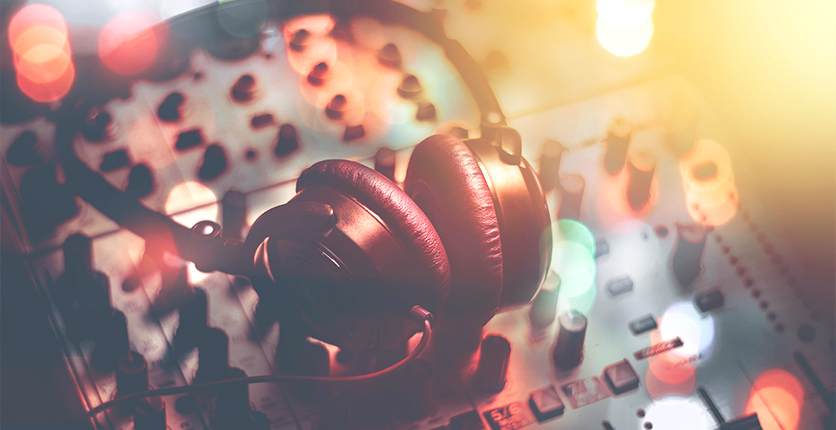
The Specifications
As a rough guide, a pair of headphones which will work well with your music player, be it a laptop, desktop computer or mobile phone, will have an impedance range from 16 to 32 Ohms.
Typically, headphones with more drivers have higher impedance, with some going over 100 Ohms. With higher impedance headphones, the sensitivity rating will play more importance in how well a headphone works with your music source.
Usually measured in decibels (dB), a headphone with a 100dB rating will sound much louder than a headphone with a 80dB rating. The caveat is: A more sensitive headphone will expose your music source’s weakness. Computers are notorious for introducing an electronic “hissing” noise in headphones when they are directly plugged in.
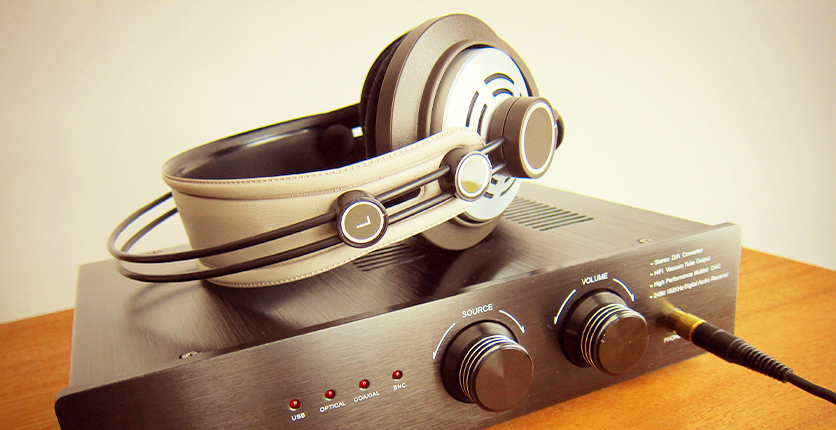
Amping Things Up
To overcome the hissing, it is necessary to use a headphone which is of low-sensitivity, and moving the amplification away from the main circuits. A headphone amplifier, with a DAC (Digital to Analog Converter) will improve your listening experience because most of the conversion is done outside the computer. In addition, the amplifier provides extra muscle to power less sensitive headphones.
Having an amplifier also allows you to pick from a wider range of headphones, ranging from studio monitoring headphones with a very neutral sound signature, to “lively” sounding audiophile headphones, with varying sound signatures.
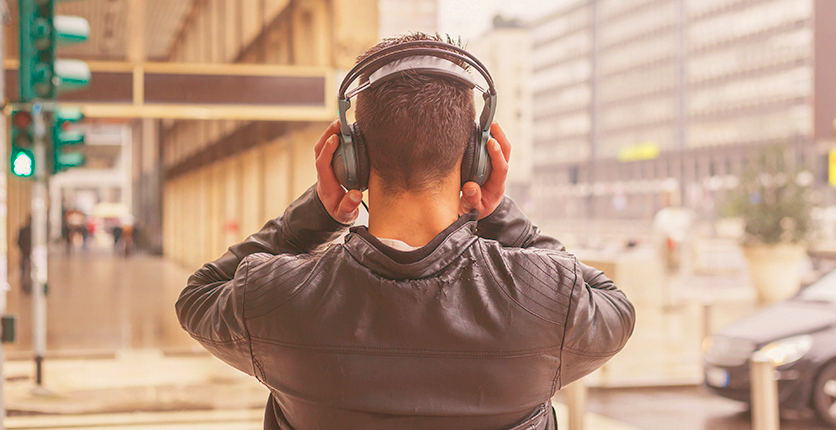
What About Noise Cancelling?
Up to this point, we have been talking about headphones that isolate you from the external noises. Noise cancelling headphones on the other hand, are headphones that use electronic processing to analyse ambient sound and attempt to generate an inverse signal which “cancels” out the sound.
Despite the strong marketing terms, noise cancelling headphones merely reduce noise, and only in certain situations where there is a constant low-pitch sound, such as the roar of jet engines on a plane or the rumbling sound of a loud air conditioner. As noise cancelling requires the audio signal to be manipulated, it might sound a tad worse than non-noise cancelling models.
Just Name Me The Best Headphone Already…
It is hard to recommend the perfect headphones as musical tastes are as diverse as the shapes of our heads. We recommend that you create a playlist of songs that you listen most to, and head down to a headphone store to try different models out.
Pay attention to features such as materials, cup shape as well as fit, as these go a long way to ensure that you’ll be comfortable wearing them for hours on end!

